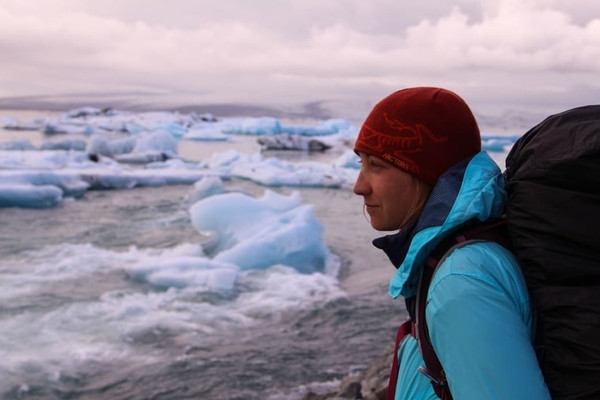Brew Guide to Making the Best Camp Coffee
Posted by Charlotte Dohrn on 18th May 2018
On chilly mornings, unzipping your sleeping bag can feel more daunting than the miles you’re about to put in on the trail. Unless you’re the type that relishes leaping out of your tent into the predawn air, you probably need the promise of a warm cup of coffee to lure you out of your warm nest. Fortunately, brewing in the backcountry (or frontcountry) can be just as easy as brewing in your kitchen—only with much better scenery.
Few experiences can match stealing a few moments of morning stillness on the edge of an alpine lake, coffee in hand, as you prepare for your day on the trail. Here, a guide to brewing camp coffee that’s tasty enough to savor while you watch the sunrise.
Tools of the Trade
Coffee-loving backpacking and camping veterans often have a preferred method and the necessary supplies for caffeinating in camp. If you are new to the outdoors or simply dissatisfied with subpar brews, it can be overwhelming to figure out your ideal balance between flavor, weight, bulkiness, ease of cleaning, and how much waste you'll have to pack out. Here are a few options for you to consider, starting with the most basic:
1. Instant
Though instant coffee isn’t known for winning any flavor awards, it’s definitely the easiest, lightest, and least messy option. If you like to pack up camp fast and don’t want to deal with any extra gadgets, instant coffee might be your best bet. Loyalists swear by Starbucks Via, but keep an eye out for tasty blends outdoor enthusiasts, like Alpine Start.
2. Steeping
If you can't bear the thought of instant, steeping your coffee is your next simplest choice. You can buy pre-made bags of grounds, fashion your own, or invest in a steeper like this one from MSR.
3. Pour Over
You can pay $5 for a cup of premium pour over in San Francisco, or you can brew it yourself in camp. All you need is a cone and paper filters (Snow Peak and GSI make versions that flatten for your pack), but any basic plastic version will work. Pour-over aficionados be forewarned—it can be more difficult to brew a consistent cup than at home.
Recommended Product: Award winning Jetboil Micromo Cooking System. You'll have to heat that water some way.
4. Percolator
A steaming pot of percolator coffee is a campfire classic—just fill the pitcher with water and the coffee basket with grounds and set it over the fire to brew. Ultra-light backpackers usually won’t go for this bulky and potentially heavy option, though it’s a crowd favorite for the classic camping set or for groups.
5. French Press
If you have the pack space or are car camping, a French press usually guarantees a tasty cup. Though there are plenty of lightweight models, the French press is better suited for car camping or bike touring because it’s bulky and you'll also need a mug. Like the percolator, having a press will speed up the process if you are brewing for more than one.
Recommended Product: Jetboil Grande Coffee Press. You'll thank us after you use it.
6. Aeropress
If you are into gadgets, loyalists swear by the Aeropress. It’s lightweight and brews a clean, consistent cup. The system uses a cylindrical plunger and paper or metal filters to extract the coffee, preventing the bitterness that comes from over-extracting the coffee. The aeropress produces an espresso-like brew that you can drink straight or dilute.

Choose Your Supplier
If you are experimenting with new brew methods (other than instant), don’t take any shortcuts on where you source your coffee beans. The Bay Area in particular is home to dozens of specialty roasters who've made a name for themselves in the city and beyond. Whether you are passing through town on your way to the mountains or if you live around the corner from your favorite roastery, there’s plenty of places to pick of fresh, locally roasted coffee. Check out local favorites, including Philz Coffee, Blue Bottle, and Sightglass, for strong blends that will be sure to get you out of your tent and onto the trail in the morning.
Get Outside
Put your camp coffee skills to the test by getting out of town for an overnight or weekend backpacking trip. There are scenic camping options within an hour of the Bay Area at spots like Kirby Cove, Steep Ravine, Mt. Tamalpais, and Point Reyes—and some of the country’s most dramatic wilderness areas are within reach if you are willing to drive a bit further. With a small amount of planning and the right supplies, you’ll wake up outside—and have great coffee to look forward to.
Written by Charlotte Dohrn for RootsRated.
Share on:

